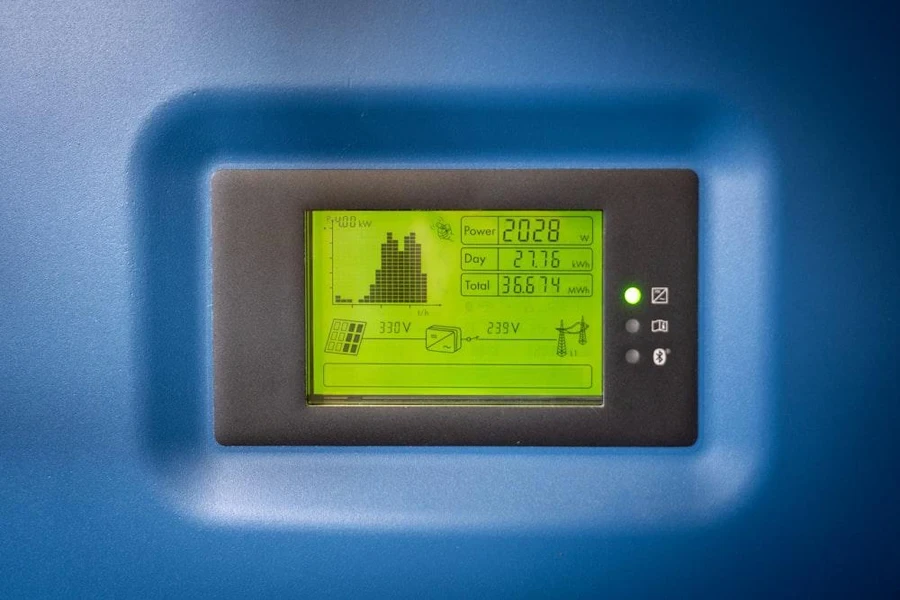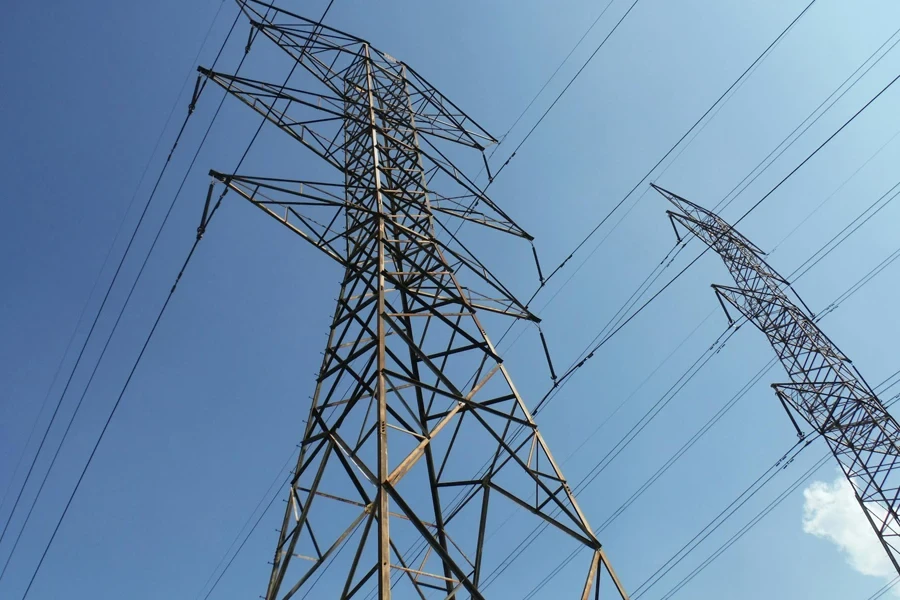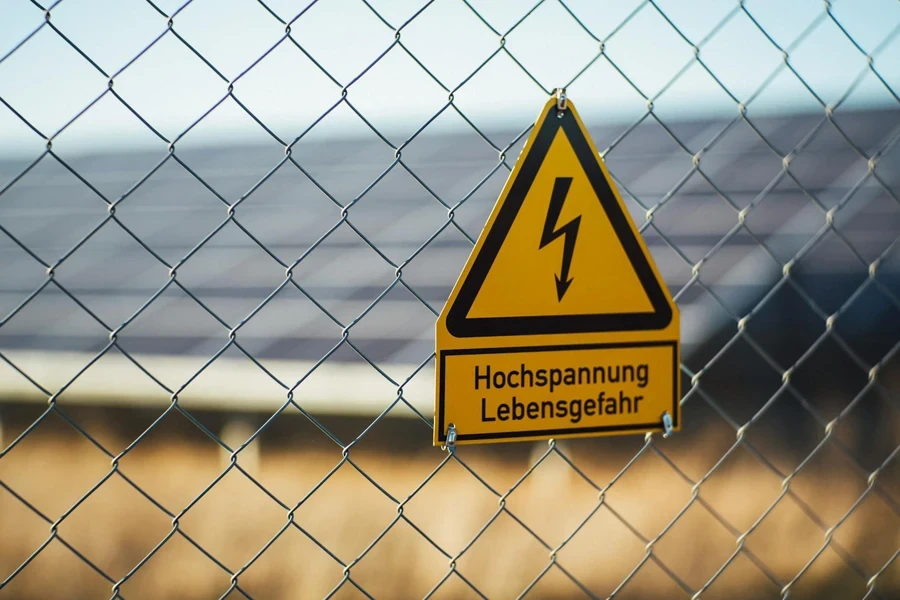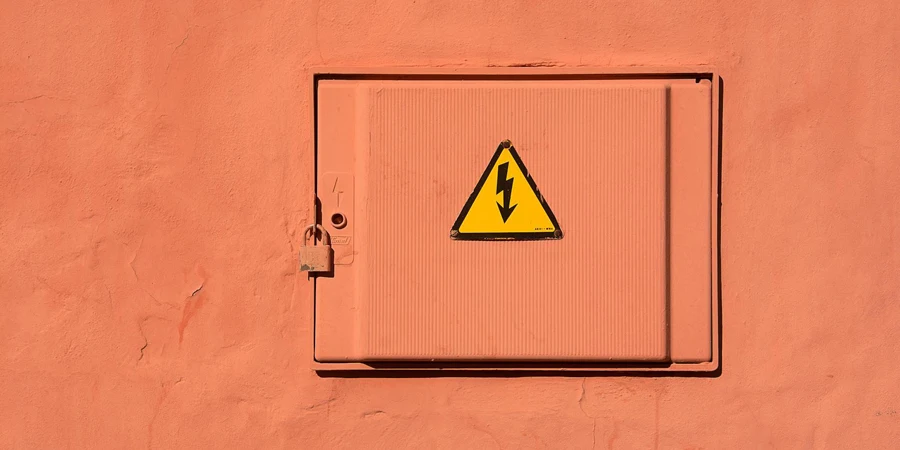Table of Contents
● Introduction
● Market overview
● Types of voltage stabilizers and their features
● Things to consider when selecting voltage stabilizers
● Conclusion
Introduction
Voltage stabilizers play a crucial role in protecting electronic equipment from the potentially damaging effects of voltage fluctuations. By automatically adjusting the voltage to a safe level, these devices ensure that sensitive appliances operate efficiently and sustainably. As markets like Asia Pacific and the Middle East expand their infrastructure, the demand for reliable voltage stabilization solutions is surging. This necessity is underscored by the broadening spectrum of stabilizer technologies—from traditional servo-controlled to cutting-edge automatic voltage optimizers—that cater to a variety of industrial and residential needs. Ultimately, selecting the right voltage stabilizer is vital for safeguarding valuable electronics against power inconsistencies and prolonging their operational life.
Market overview

Current market scale and forecast
The global market for voltage stabilizers is on an upward trajectory, with forecasts suggesting significant growth from a valuation of USD 19,253.95 million in 2021 to an expected USD 27,569.87 million by 2030, at a compound annual growth rate (CAGR) of 4.0%. This growth is driven by the increasing need for stable electrical supply systems and the expansion of electronic device usage across various sectors. The market’s expansion is particularly notable in rapidly industrializing regions such as the Asia Pacific and the Middle East, where urbanization and development demand robust electrical infrastructure improvements.
Market share and distribution
In terms of market share and distribution, single-phase voltage stabilizers dominate, accounting for a substantial portion of the market. As of 2020, single-phase stabilizers held approximately 65.70% of the global market, valued at USD 12,125.60 million, and are projected to grow at a CAGR of 4.90% during the forecast period. Conversely, three-phase stabilizers, while covering less market share, are essential for high-load applications and are also seeing significant usage and growth.
Regional insights
Regionally, the Asia Pacific leads the market, holding a 42.43% share in 2020, which underscores the region’s critical role in the global voltage stabilizer market. This dominance is attributed to the vast industrial activities and infrastructural developments across countries like China and India, paired with the rising standards of living and increased spending on consumer electronics that require protection against voltage fluctuations. The market dynamics in these regions highlight a substantial demand for advanced voltage stabilization solutions to cater to both residential and industrial needs.
Types of voltage stabilizers and their features
Digital voltage stabilizers

Digital voltage stabilizers are designed to shield residential and small office electronics from the typical voltage fluctuations encountered in daily operations. These stabilizers typically handle input voltage variations from as low as 170 volts up to 270 volts, adjusting outputs to safe operating levels around 220 volts. They are equipped with microprocessor-controlled circuits that ensure precise voltage correction, which is crucial for safeguarding sensitive electronics like LED TVs and home theatre systems. Despite their widespread use, the main limitation of digital stabilizers is their inability to handle very high or very low voltage fluctuations efficiently, which might be common in areas with extremely unstable power grids.
Servo controlled voltage stabilizers
Servo controlled voltage stabilizers are indispensable in industrial settings due to their ability to manage large load variations with high precision. These stabilizers adjust the voltage by physically moving a servo motor that alters the taps on the transformer, allowing for fine voltage correction typically within a 1% margin of the nominal voltage. For instance, in heavy machinery operations where voltage stability is crucial, servo stabilizers can continuously adjust output from 195 to 245 volts in response to incoming voltages ranging from 160 to 260 volts. However, their mechanical components make them susceptible to wear and noise, and the ‘hunting’ behavior during voltage fluctuations can lead to energy inefficiency.
Static voltage stabilizers
Static voltage stabilizers use solid-state components to offer a non-mechanical solution for voltage stabilization, crucial for environments like hospitals or laboratories where electronic precision is a necessity. These stabilizers leverage Insulated Gate Bipolar Transistors (IGBTs) to achieve correction speeds of up to 5000 volts per second, ensuring that even the most sensitive equipment operates without disruption during sudden voltage spikes or dips. Additionally, static stabilizers typically provide a clean power output with very low harmonic distortion, improving the operational lifespan and reliability of connected devices.
Automatic voltage optimizers
Automatic voltage optimizers represent the forefront of voltage stabilization technology, incorporating IoT capabilities for smart management and operational efficiencies. These optimizers can handle loads up to 30 kVA, making them suitable for both commercial and industrial applications. The embedded software adjusts the voltage in real-time, learning from consumption patterns to minimize energy waste, which can result in energy savings of up to 18%. Moreover, these systems provide comprehensive electrical fault coverage and protection against all 20 recognized electrical issues, which greatly enhances their utility in sophisticated electronic networks.
Things to consider when selecting voltage stabilizers
Assessing power requirements with precision

Determining the right stabilizer starts with a precise calculation of the total power requirement. This should include the peak power draw, often called the ‘inrush current’, which is particularly high when appliances with compressors or motors start up. For instance, while a refrigerator might typically consume 300 watts, its startup requirement could be as high as 1200 watts. The stabilizer must be able to handle this peak without tripping. A general rule of thumb is to choose a stabilizer whose maximum capacity exceeds the total peak load by at least 20%, providing a buffer to handle unexpected surges.
Detailed features analysis for optimal functionality
Mounting Options: The physical installation of a stabilizer is critical for safety and functionality. For example, models designed for industrial environments often come with rugged, dust-proof casings and can be mounted on walls to avoid water damage and reduce the risk of accidental contact.
Indicators: Modern stabilizers are equipped with digital displays that provide diagnostics such as input and output voltage, load percentage, and system status. These features are crucial for monitoring performance and preemptively addressing issues before they lead to equipment failure.
Time-Delay Systems: This feature is essential for protecting compressors in HVAC systems and refrigerators. For example, a stabilizer might have an adjustable time-delay setting, typically ranging from 3 to 10 seconds, allowing the compressor to decompress and avoid mechanical stress.
Overload Protection: Advanced stabilizers come with circuit breakers or fuses that trip when the current exceeds safe levels, which is critical in preventing overheating and potential fire hazards.

Digitalization and compatibility
The integration of digital technologies in stabilizers has significantly advanced their capabilities. These systems often include:
Microprocessor-controlled operations: This allows for precise voltage correction, automatically adjusting to varying load conditions without manual intervention.
Auto-detect features: Some stabilizers can automatically detect the connected device types and adjust the stabilization parameters to match specific needs, enhancing the protection for sensitive electronics.
Smart connectivity: Features like Wi-Fi or Bluetooth connectivity enable users to control the stabilizer settings remotely via smartphones, and can also provide alerts and detailed usage statistics. For instance, IoT-enabled stabilizers can report on power consumption patterns and suggest operational efficiencies.
Conclusion
Selecting the right voltage stabilizer is critical for businesses, particularly for resellers who must ensure the products they provide meet the high demands of commercial and industrial environments. Technological advancements in stabilizers have greatly enhanced their efficiency and reliability, offering features that significantly extend the lifespan and performance of electrical equipment. For resellers, offering stabilizers equipped with the latest technology—such as smart connectivity, precise load management, and adaptive responses to power fluctuations—not only provides value to their customers but also positions them as trusted suppliers in a competitive market. By understanding and distributing advanced voltage stabilizers, resellers can help their clients protect valuable equipment, reduce operational costs, and achieve greater energy efficiency, ultimately enhancing their own reputation and customer satisfaction.




